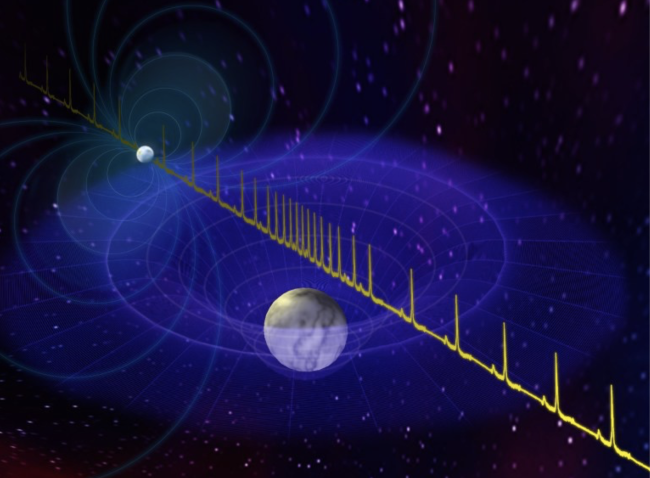Neutron Rich Matter on Heaven and Earth
Note to applicants: This is a "hybrid" program, meaning there will be a combination of virtual and in-person participants. In the COMMENTS section of the Application Form, please write [In-person], [Virtual], or [Either] to reflect your preferred mode of attendance. Please be aware that all in-person participants must show proof of vaccination against COVID-19 upon arrival to the INT.
Disclaimer: Please be aware that due to ongoing concerns regarding the COVID-19 pandemic, this program may be changed from a hybrid program to online-only.
“How does subatomic matter organize itself?” and “What are the new states of matter at exceedingly high density and temperature?” are two of the central questions animating nuclear science today. Neutron stars are cosmic laboratories uniquely poised to answer these fundamental questions in this new era of multimessenger astronomy. Enormous progress in theory, experiment, and observation make this new era particularly fruitful for the determination of the equation of state of neutron-rich matter.
This program is truly multidisciplinary as it addresses fundamental questions in fields as diverse as astrophysics, gravitational physics, nuclear physics, and particle physics. The program overarching goal is to capitalize on recent discoveries that have strengthened the connection between nuclear physics an astrophysics, particularly in the area of dense, neutron-rich matter. Among the recent highlights are the most precise determination of the neutron skin of neutron-rich nuclei using electroweak probes, the identification of the most massive neutron star to date, the simultaneous determination of the mass and radius of neutron stars, and the detection of gravitational waves from the binary merger of neutron stars.
PROGRAM FORMAT
Because of COVID, the program will be conducted during two different time periods. The first two-week period (July 11-22) will run in a hybrid modality, with the participants having the option of attending in person or virtually. The first week will be mostly devoted to introductory lectures on the various science themes, whereas the second week will highlight the most exciting results in all areas of relevance to the program. More information on the second time period of the program will be forthcoming.
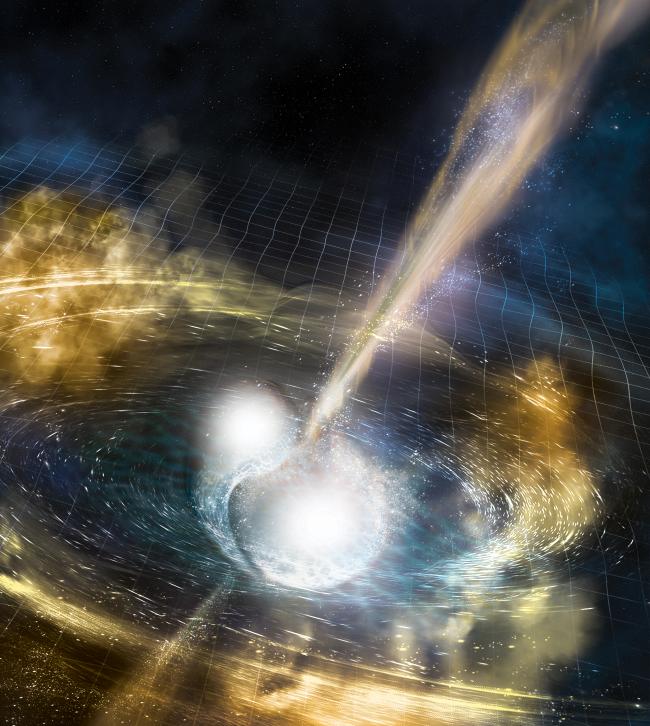
Neutron Rich Matter on Heaven and Earth
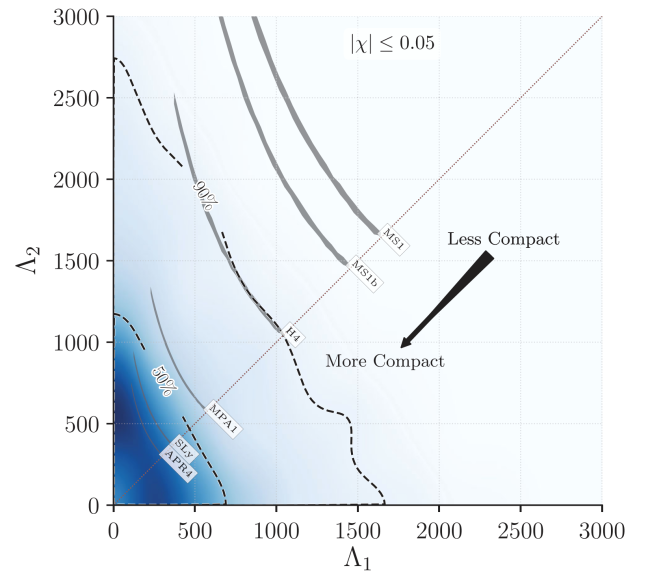
Neutron Rich Matter on Heaven and Earth
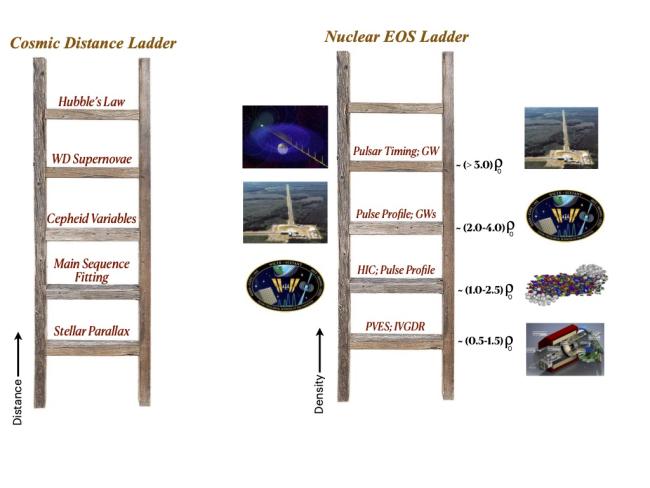
Neutron Rich Matter on Heaven and Earth
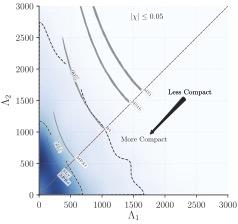
Neutron Rich Matter on Heaven and Earth
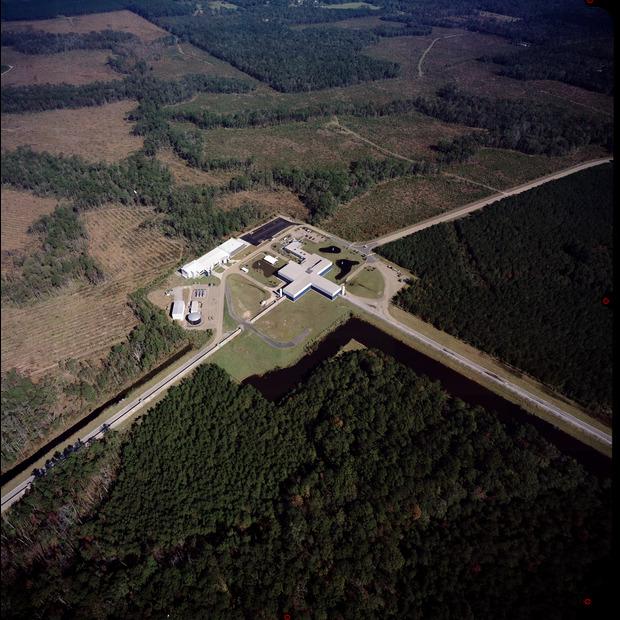
Neutron Rich Matter on Heaven and Earth
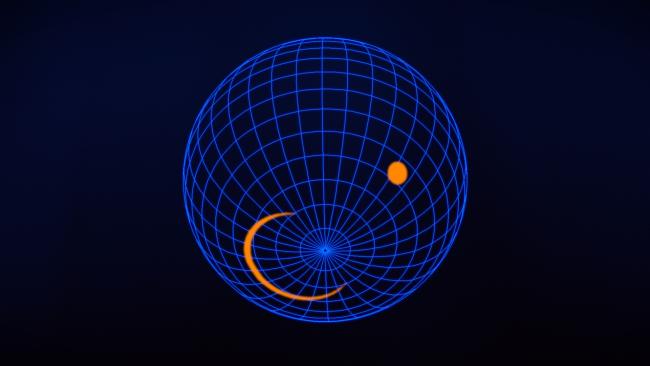
Neutron Rich Matter on Heaven and Earth
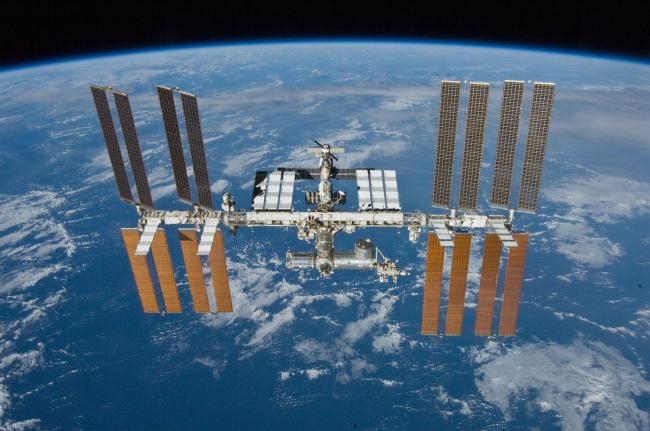
Neutron Rich Matter on Heaven and Earth
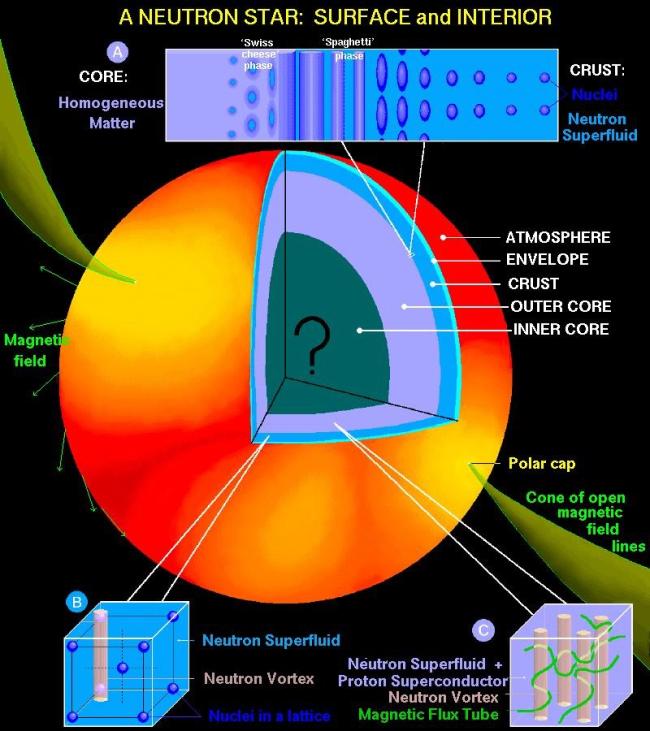
Neutron Rich Matter on Heaven and Earth
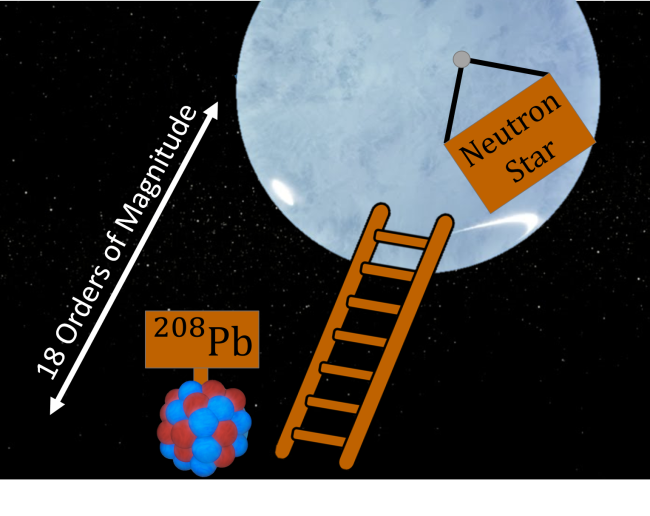
Neutron Rich Matter on Heaven and Earth
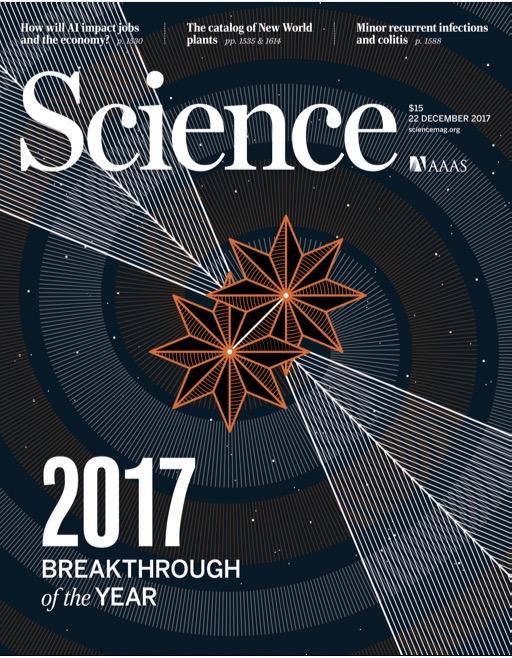
Neutron Rich Matter on Heaven and Earth
